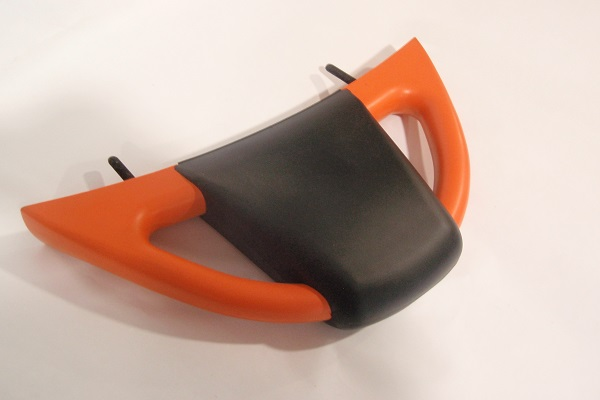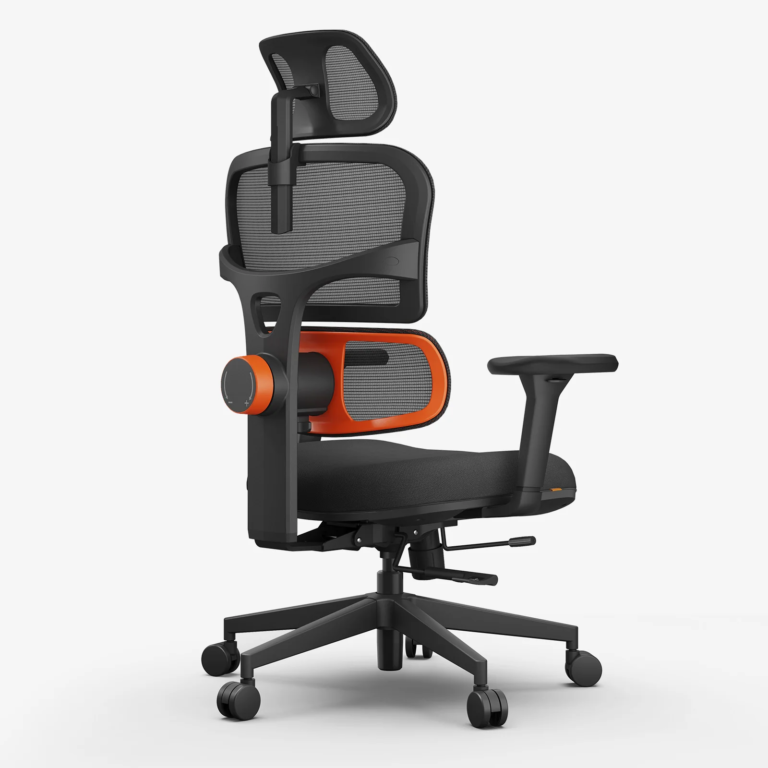Understanding Foam Moulding: Applications and Benefits
Introduction
Foam moulding, particularly polyurethane foam moulding, is a sophisticated manufacturing process that has transformed various industries. This technology, exemplified by Acoustafoam’s extensive experience and innovative techniques, involves creating products with integral skin or self-skin properties. Over the past 36 years, Acoustafoam has specialized in developing bespoke foam mould designs that meet the highest quality standards. This article explores the applications, benefits, and processes associated with foam moulding, emphasizing its significance in diverse sectors.
What is Foam Moulding?
Foam moulding is a manufacturing technique that involves the creation of products using polyurethane foam. Polyurethane foam mouldings are particularly noted for their durability, flexibility, and the ability to produce soft yet resilient products. This process involves a chemical reaction between two components, which results in a foamed product that can be formed into various shapes and textures.
The Process of Foam Moulding
The foam moulding production process begins with the mixing of two components that, when combined, undergo a chemical reaction. This reaction generates heat, allowing the material to expand and fill the mould. Once cured, the product is removed from the mould, and any excess material (known as the flash line) is trimmed off. The final products undergo rigorous quality checks to ensure they meet specifications for density, hardness, and other performance metrics.
- Material Mixing: The two components are mixed thoroughly to ensure a uniform reaction.
- Moulding: The mixture is dispensed into a pre-designed mould, which shapes the foam.
- Curing: The material undergoes a curing process, allowing it to solidify and achieve its final form.
- Trimming and Inspection: Excess material is trimmed, and the product is inspected for quality assurance before packaging and dispatch.
Key Features of Foam Moulding
Foam moulding offers several key features that enhance its applicability across various industries:
1. Integral Skin Properties
Integral skin polyurethane foam provides a protective outer layer that is both flexible and durable. This skin is formed during the moulding process and is designed to resist scratches, wear, and tear. The foam core beneath can vary in hardness from 30 to 90 Shore A, allowing for customization based on specific requirements.
2. Customization Options
One of the most significant advantages of foam moulding is the ability to customize the product’s appearance and texture. Mould tooling can be chemically etched with various patterns, enabling finishes that can resemble leather or other materials. This adaptability makes foam moulding suitable for a wide range of applications, from automotive components to consumer goods.
3. Versatile Applications
Foam moulding is employed in various sectors, demonstrating its versatility:
- Automotive: Components like grab handles, armrests, and headrests benefit from the durability and comfort provided by foam moulding.
- Marine: The marine industry utilizes foam moulding for items such as seating and decorative trims, which require resistance to harsh environmental conditions.
- Furniture: Foam moulding is essential in creating comfortable seating options and decorative elements that enhance furniture aesthetics.
- Medical: Custom-shaped foam products are critical for medical equipment, providing both support and comfort.
Benefits of Foam Moulding
Understanding the benefits of foam moulding helps businesses leverage its potential in their operations. Here are some of the key advantages:
1. High Durability
Foam moulding products are built to last. The integral skin provides excellent protection against environmental factors, including UV light, which can cause color fading and deterioration. This durability makes foam moulding an ideal choice for products that experience wear and tear.
2. Lightweight Yet Strong
Despite its robust nature, foam moulding products are lightweight, which is particularly beneficial in industries like automotive and aerospace where weight reduction can lead to improved fuel efficiency.
3. Cost-Effectiveness
The ability to produce foam moulding products in bulk, combined with their long lifespan, offers a cost-effective solution for manufacturers. Customization options allow businesses to create products that meet specific market demands without incurring excessive costs.
4. Noise Reduction
Foam moulding is also recognized for its acoustic properties. In sectors such as HVAC and machinery enclosures, foam moulding products help in reducing noise pollution, providing a quieter and more comfortable environment.
Industries Benefiting from Foam Moulding
1. Automotive Industry
Acoustafoam supplies first and second-tier components to the automotive sector, demonstrating the significance of foam moulding in creating components that enhance comfort and safety. The ability to incorporate metal inserts into mouldings provides additional strength, ensuring the products meet automotive industry standards.
2. Construction Sector
In the construction industry, foam moulding plays a vital role in manufacturing components that require noise reduction and durability. Products designed for construction vehicles exemplify how foam moulding addresses industry-specific needs, from safety to comfort.
3. Marine Applications
With over 37 years of experience in producing acoustic materials, Acoustafoam caters to the marine sector by providing soundproofing and noise reduction solutions. Foam moulding products are essential in enhancing the comfort of marine environments while ensuring durability against the elements.
4. Medical Sector
In the medical field, foam moulding is used to produce custom-shaped products that provide support and comfort to patients. Acoustafoam’s commitment to high-quality materials ensures that medical foam products meet stringent industry requirements.
Conclusion
Foam moulding is a remarkable manufacturing technique that offers numerous benefits across various industries. From its durability and cost-effectiveness to its versatility in applications, foam moulding is an integral part of modern manufacturing. Acoustafoam’s expertise in polyurethane foam moulding exemplifies the potential of this technology, ensuring that products not only meet but exceed customer expectations. As industries continue to evolve, foam moulding will undoubtedly remain a pivotal solution, driving innovation and enhancing product performance in the years to come.
Also Read: Fitted Bathrooms






